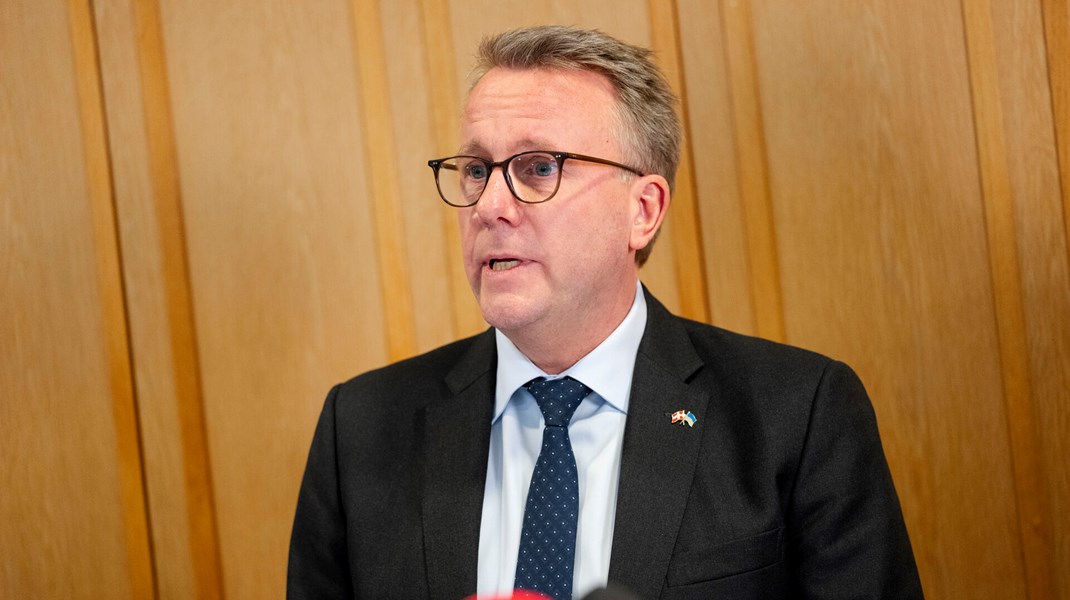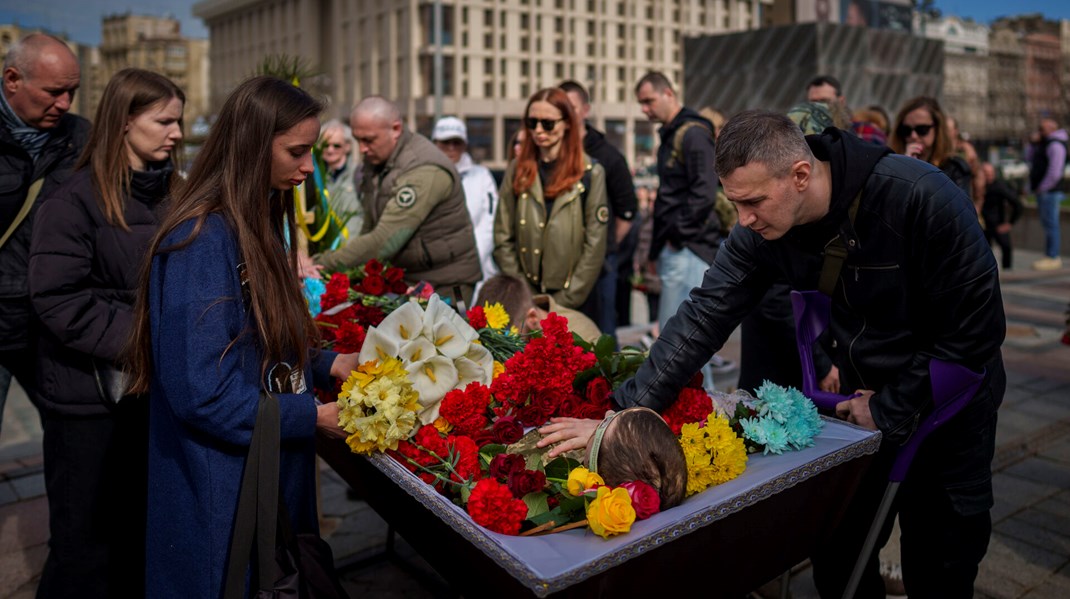Conflict, violence and rapid-onset disasters caused 3.5 million new displacements in Africa
The Africa Report on Internal Displacement, launched with the support from the African Union and the Norwegian Refugee Council, is the first IDMC’s report focusing on a single continent. The report expands on data and analysis available in our annual Global Report on Internal Displacement including new figures from the first half of 2016.
Africa Report at a glance
On the Radar: Africa’s Internal Displacement Crisis
New Displacement
In 2015 alone, conflict, violence and rapid-onset disasters caused 3.5 million new displacements in the continent.
2.4 million internal displacements were caused by conflict and violence, making Africa second only to the Middle East for violence as a cause of flight.
1.1 million displacements were caused by rapid-onset disasters, a million caused by flooding alone.
Total headcount
In total, 12.4 million people were living in ongoing displacement in Africa as a result of conflict and violence, this figure is 30 per cent of the total number of people internally displaced by conflict globally (40.8 million people) and twice the total number of African refugees (5.4 million).
Behind these figures there are millions of personal tragedies, each one representing a challenge for local, national and international responders.
Figures from the first half of 2016 suggest that the figures’ trend will not change. Additionally, climate change in future will only exacerbate this trend, with recurrent floods, drought, rising temperatures and environmental degradation amplifying people’s exposure and vulnerability.
Off the radar: Africa's overlooked IDPs
The figures understate the total number of internally displaced people
The figures in the report paint an incomplete picture as data on internal displacement linked to slow-onset disasters and development-projects is not available.
Also, the cumulative number of people living in ongoing displacement following disasters is also unknown although case studies suggest the number to be significant.
These gaps in the data hamper efforts to provide effective protection and assistance to those displaced, let alone to prevent it from happening in the first place.
More and better data on internal displacement currently off the radar is needed to bring the ‘invisible IDPs’ into focus and to ensure they are better protected and lasting solutions are found.
Improving Data on IDPs: bringing unseen displacement into focus
Monitoring of IDPs has improved over past 30 years, yet significant gaps remain.
More and better data on IDPs is needed to meet African governments’ commitments to the Kampala Convention, the Sendai framework for disaster risk reduction, the UN’s Agenda for humanity, the Africa regional strategy for disaster reduction and the Sustainable Development Goals.
IDMC encourages the African Union, regional economic communities and national governments to build capacity in data collection using robust methodologies and to explore innovative approaches such as using satellite images and anonymised phone data.
Better data can ensure more timely and well targeted operational and policy responses to displacement.


